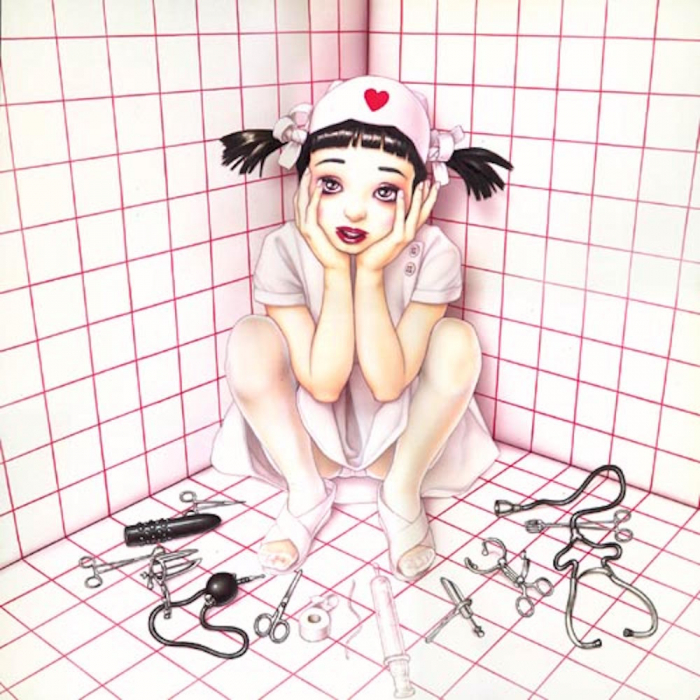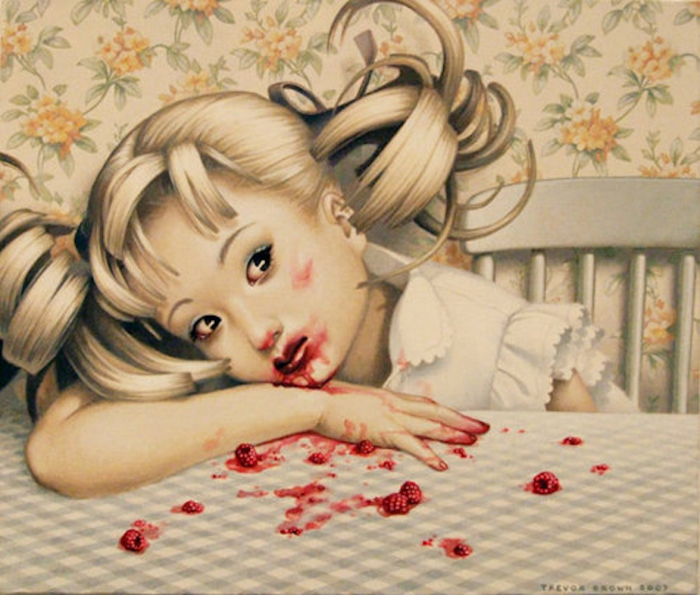In 2002, in France, two books were published and fiercely criticised: Rose Bonbon (Pink Sweetie) by Nicolas Jones-Gorlin (Gallimard, 2012) and Il entrerait dans la légende, (éditions Léo Scheer, 2002) by Louis Skorecki. Both deal with a controversial topic – paedophilia – from an extremely dangerous perspective: the paedophile’s point of view.
Being works of fiction, the victims they depict are not real children. Therefore, according to the law the two books couldn’t be considered as paedo-pornographic. Nevertheless, the denigrators regarded them as morally unacceptable publications, that on the one hand could impress “weak minds”, and on the other could incite people to commit crimes. Instead, according to the champions of authorial freedom, to censore books only because they deal with Evil would lead to potentially refuse a number of literary masterpieces and burn half of the libraries all over the world.
The fundamental principle at issue is the difference between reality and artistic creation.
The same kind of problem has always been dealt with by the Japanese mangas belonging to the lolicon or the shotacon genres: these comics praise the aesthetic-erotic attraction to children and pubescent boys and girls and sometimes include explicitly sexual situations that involve minors. It is a thirty-year-long artistic tradition, typically Japanese, that had to cope with bitter interpellations and censorious bills, none of which was finally approved by the Parliament.
Even internationally recognized artists have had some problems: Trevor Brown, pop surrealist illustrator and father of the “baby art”, emigrated from Great Britain to Japan many years ago, in order to run away from what he considered to be a “witch hunt”, a blind censorship that demonizes any form of disturbing art, equalizing it to real sexual crimes.
In fact, in Great Britain, any kind of illustration representing a minor in a sexualized context is considered as paedo-pornographic: according to the law, this definition includes not only comics, drawings and paintings, but also pornographic photographies of adults that “look” like minors (i.e., women with very minuscule breasts). Sweden, Canada, Philippines and South Africa share the same censorious policy. In Italy, on the contrary, the law Nr. 38 date 02/03/2006 introduces the crime of virtual paedo-pornography only for images created by retouching pictures of minors or part of them “by means of digital imaging techniques [...] whose quality makes unreal situations seem real”. Which means that, according to our legislators, there is no crime when the work is obviously fiction. Discussions on the possible “instigation to commit crimes” span a wide range of topics from A Clockwork Orange to violent videogames, and are more effort than it’s worth, because it is impossible to obtain scientific data in this regard. Maybe the most interesting and thought-provoking topic concerns the limits of art. We agree that art may have an unsettling power and be uncomfortable, maybe it should be like that. But how far is it legitimate to push artistic exploration? Should art respect ethical limits, or can it be completely free to sound out even the darkest sides of existence?
In the meantime, as far as paedo-pornography is concerned, the most avant-gard idea comes from Japan: the DVD series Koibito Mesen (“the lover’s look”). Children that don’t do anything but look into the video camera, for a quarter of an hour.
The editorial product is irreproachable and clean, because children are not abused and all the “pornography” is in the viewers mind. And it will be really difficult to censore the imagination of those who watch.




